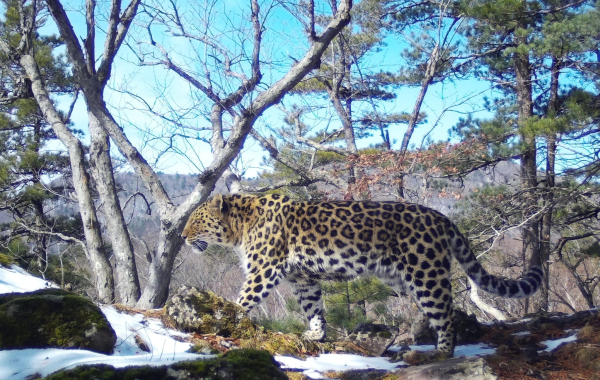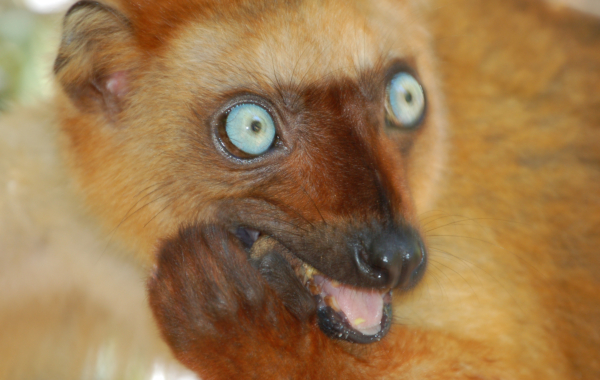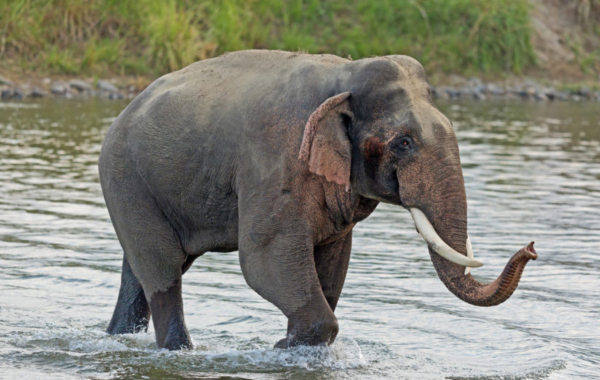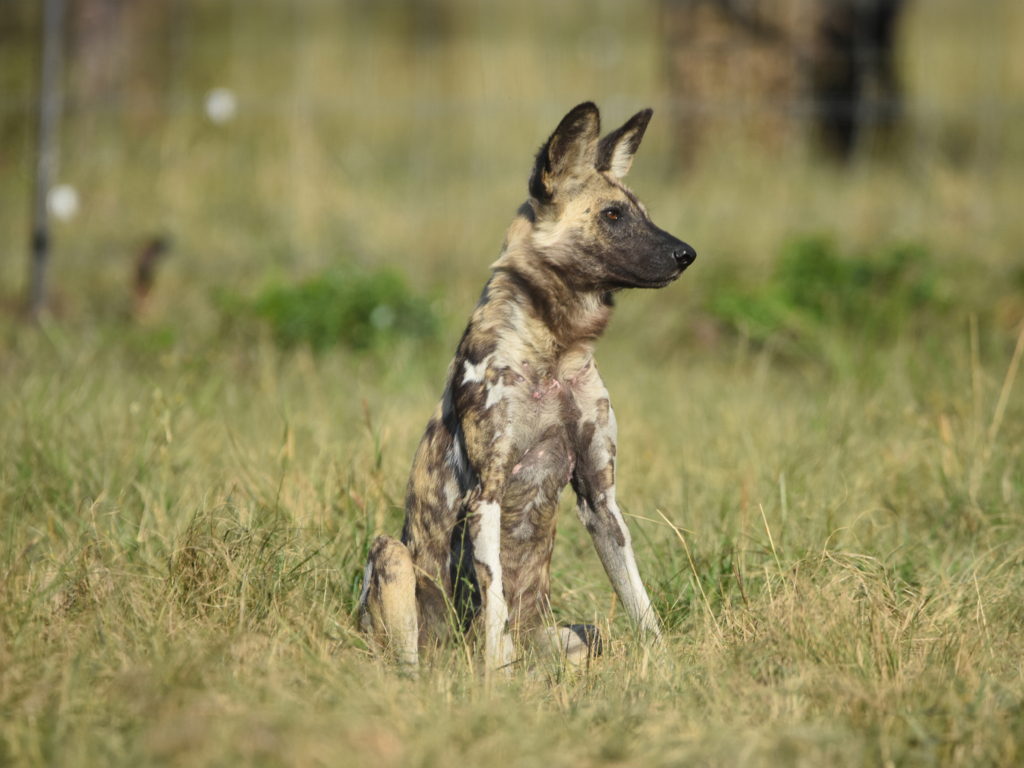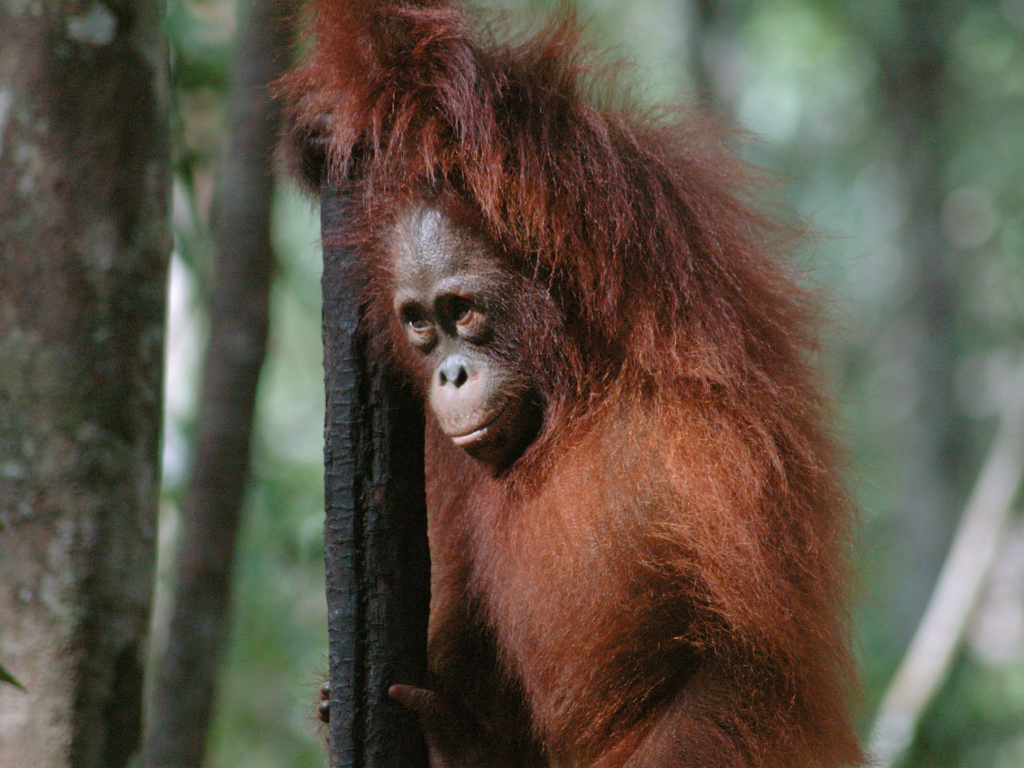
Supporting since 2010
Location
Lamandau River Wildlife Reserve, Borneo
Support started
2010
Species
Bornean Orangutan
Mission
The Orangutan Foundation is the world’s foremost orangutan conservation organisation. They are saving Asia’s endangered great ape by protecting their tropical forest habitat, working with local communities and promoting research and education.
Donations:
Donations go towards the vet’s annual salary, post-release monitoring of the Bornean orangutan population in the Lamandau Wildlife Reserve and veterinary equipment for a wildlife clinic.
2025:
£7,500 donated this year.
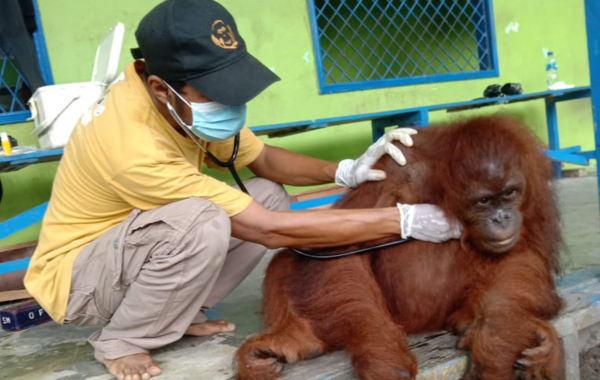
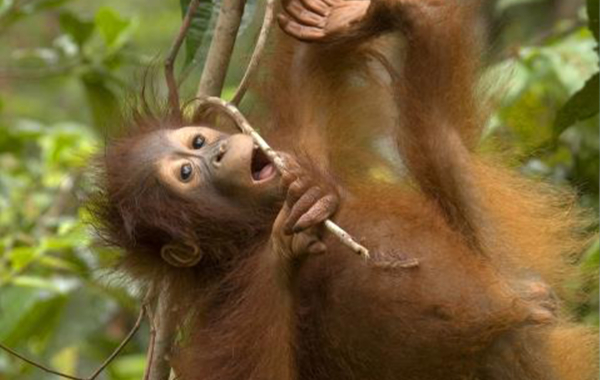
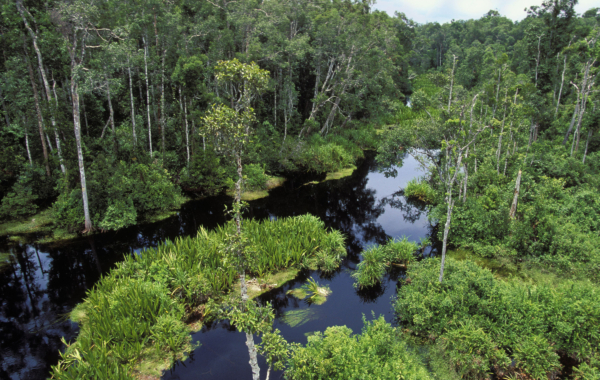
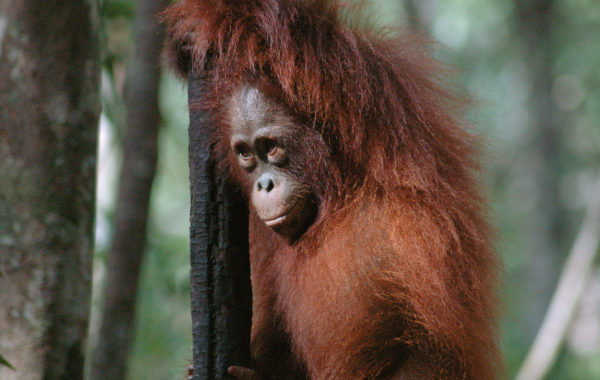
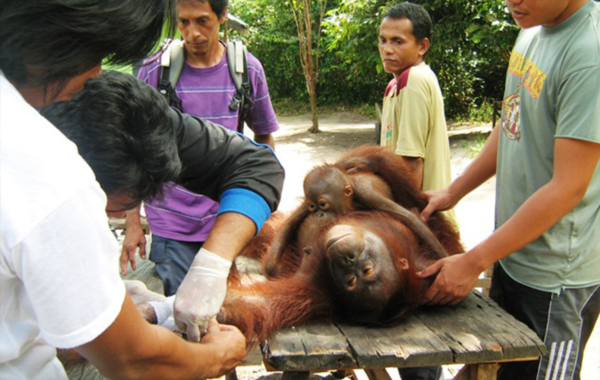
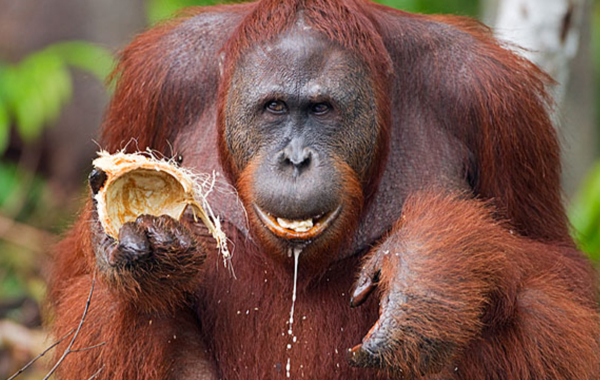
Background
The Orangutan Foundation, founded in 1990, works to protect the orangutan’s tropical forest habitat, support local communities, who are as dependent on the forest as the orangutans, and promote research and education.
The Lamandau Wildlife Reserve is a conservation area spanning over 158,000 acres in western Central Kalimantan, Indonesian Borneo, that was established as a protected area in 1998 from two former logging concessions. The reserve is protected by manned guard posts, strategically located at important waterways, enabling the team to report any illegal activity. The Foundation also operates five orangutan post-release monitoring camps where field teams care for orphaned orangutans in a soft-release reintroduction programme and continuously monitor orangutans in the surrounding forest. By doing this, they can keep detailed records of wild and reintroduced orangutans and also provide essential medical attention and supplementary food when required. Two vets are responsible for the health and wellbeing of the orangutans. The young orangutans in the soft-release programme learn forest skills necessary for life in the wild and, once fully prepared, are then ready for release.
Through their reintroduction programme, the Orangutan Foundation has helped to create and maintain a viable, self-sustaining orangutan population of over 600 individuals in the reserve, as well as increasing the area of prime forest habitat under conservation by 29%.
From time to time, situations arise outside of the protected reserve that require the team to help with the rescue and translocation of wildlife in need. These rescues normally involve orangutans spotted in or near community lands or plantations, potentially putting them at risk of human-animal conflict. Veterinary assistance ensures the highest welfare standards are available to expertly treat these orangutans straight away before release into the Lamandau Wildlife Reserve.
Achievements and Objectives
In 2024, Colchester Zoological Society gave a contribution of £7,500 to cover a vet salary, post-release monitoring of the Bornean orangutan population in the Lamandau Wildlife Reserve and veterinary equipment for a wildlife clinic.
Highlights from 2024 confirm a wild birth to one of the females, Labetty. Labetty’s mother, Lady di, is an ex-captive orangutan who was released into Lamandau Wildlife Reserve in 2006 and later gave birth to Labetty in 2007. It is encouraging that third generation offspring are being born, increasing the orangutan population and demonstrating that the reserve is an optimum habitat.
After seven years of learning, an orphaned orangutan, ten-year-old male ‘Boy’, graduated from the soft-release programme and started a new chapter in the protected Lamandau Wildlife Reserve, commencing his independent life in the wild. Boy was rescued from life as an illegal pet in a local village.
The other orangutans in the soft-release programme are also progressing well, with two, Adib and Mona, nearing readiness for release. Logos, rescued in 2023, moved to Camp Rasak and made his first nest. Sinta, although young, is very confident, and has already stayed overnight in the forest rather than coming back to her enclosure. Meanwhile, Timtom is yet to make a successful nest. Even when the camp staff let her stay in the forest, Timtom chooses to spend the night on old nests left by another orangutan, or a large branch, rather than building her own. Timtom also opts for playing on the ground rather than in the treetops so has additional skills to learn before considering an independent life in the wild.
In 2024, approximately 550,000 acres of critical rainforest habitat continues to be protected through guard posts and patrols, with over 5,000 orangutans in Lamandau Wildlife Reserve and Tanjung Puting National Park safe-guarded through the habitat protection programme.
Reforestation also continued in over 40 hectares of degraded rainforest habitat. The reforestation process starts with staff and members of local villages gathering seedlings, which are subsequently grown in ‘eco-bags’ hand-woven by local women. Made from Nipa palm, eco-bags provide dual benefits of being a source of sustainable income and an alternative to plastic bags. Seedlings spend months developing into tree-saplings in nurseries, receiving intricate care and constant attention to ensure strong and healthy resulting plants. 36,500 saplings were planted in over 30 hectares of degraded rainforest. A further 14.4 hectares of saplings planted in previous years were also maintained through the process of ‘enrichment’, where failing tree-saplings are replaced by stronger ones. A total of 7,000 plants from 7 different species were used in this process to increase local rainforest diversity and success rates.
Fortunately, the dry season was not as arid as expected, with only two forest fires needing to be extinguished in Lamandau Wildlife Reserve. Staff also built wells – ‘boreholes’ – to encourage the growth of wetter, fire-resistant vegetation, and to provide water sources for firefighting in fire-prone forest areas.
Currently there are five orangutans in the soft release programme who are learning the skills necessary for an independent life in the wild, namely nest building and foraging for food, and they are released once they have mastered these skills. In the past year, two male orangutans, Boy and Adib, both around 10 years old and both having been rescued from life as an illegal pet, were released in November 2024 and April 2025 respectively. As with every release, both orangutans were followed for 10 days post release to ensure that they were adapting to an independent life in the wild.
In April 2025, the vets were called to assist in the rescue of a 9-month-old infant orangutan who had been found orphaned and alone in a nearby village. Gunawan, who was named after the individual that discovered him, will now join the soft release programme and spend the next 7-8 years being cared for by staff as he learns the skills required to allow him to eventually live independently in the wild.
To date, the team have recorded just over 100 orangutan births in the wild with 2024 seeing one birth, and one birth so far in 2025 along with three confirmed pregnancies. This is a genuine indicator that the protected habitat is a sanctuary for this critically endangered species.

